You've probably seen the flashy consumer launches—Quest 3, Vision Pro, the usual suspects. But while everyone's been watching the retail games, Meta's Reality Labs has been quietly cooking up prototypes that make today's headsets look like flip phones. We're talking about tech that solves problems you didn't even know existed yet.
What you need to know: • Meta's showing off two breakthrough prototypes that tackle resolution and focus issues plaguing current headsets • The Butterscotch Varifocal achieves near-retinal 56 pixels per degree—more than double what Quest Pro delivers • Their Flamera prototype completely reimagines passthrough with zero reprojection artifacts • These aren't product announcements, but they're roadmap reveals for the "second half of the decade"
The kicker? Meta claims this tech offers "crisp, clear visuals that rival what you can see with the naked eye." That's not marketing speak—that's a technical benchmark the industry's been chasing for years.
The vision revolution hiding in plain sight
Here's what most people miss about mixed reality: it's not about the virtual stuff you add to your world. It's about making the boundary between real and digital completely invisible.
Meta's Butterscotch Varifocal tackles the most fundamental limitation in VR—your eyes know something's wrong. Current headsets force you to focus at a fixed distance while your eyes converge on objects that appear near or far. It's called the vergence-accommodation conflict, and it's why you get eye strain after an hour in VR.
The prototype supports accommodation from 25 cm to infinity, meaning you can naturally focus on virtual objects just like real ones. Generally accepted retinal resolution sits at 60 pixels per degree—current consumer headsets max out around 35 PPD, while this prototype hits 56 PPD. That's the difference between squinting at a pixelated mess and reading crisp text that feels completely natural.
But here's the really clever part: Meta's been iterating on this problem since 2018. The original Half Dome prototypes used mechanical actuators that physically moved displays back and forth. Half Dome 2 refined the mechanics. Half Dome 3 ditched moving parts entirely for liquid crystal lens layers that adjust focus electronically—no mechanical wear, faster response times, and significantly lower power consumption than servo-driven systems. Now Butterscotch Varifocal represents the culmination—pure optical engineering with the reliability needed for consumer products.
PRO TIP: After wearing a Quest Pro for extended sessions, the eye strain becomes noticeable around the 45-minute mark—exactly what these prototypes aim to eliminate with natural focus accommodation.
Why passthrough has been broken from day one
Every mixed reality headset on the market today uses what's essentially a hack. They take camera feeds, process them through software, and reproject the images to match your eye movement. The result? Latency, artifacts, and that nagging sense that you're looking through a screen—because you are.
Flamera flips this approach entirely. Instead of cameras and reprojection, it's built as a "computational camera that uses light field technology." Think of it as designing the hardware from scratch with passthrough as the primary goal, not an afterthought.
The architecture concentrates sensor pixels on relevant parts of the light field, delivering higher resolution images with dramatically lower latency. Meta describes it as resulting in "much lower latency and much fewer artifacts" compared to traditional approaches. This means you can actually read text on your phone through the headset, judge distances accurately for object interaction, and experience none of the swimming or warping effects that plague current passthrough systems.
The practical difference is enormous—current systems struggle with tasks like threading a needle or reading fine print, while light field passthrough enables precise manual tasks that require genuine depth perception and visual acuity.
The prototypes pointing to your next upgrade
Let's be clear—these aren't shipping next year. But they're not pie-in-the-sky concepts either. Meta's Douglas Lanman described the Mirror Lake concept as "practical to build now" using existing hardware components.
The technology pipeline reveals Meta's manufacturing confidence through specific cost reduction milestones. Butterscotch achieved 55 PPD with half the field of view of Quest 2. The varifocal version maintains that resolution while solving focus problems through liquid crystal lens stacks that eliminate the yield issues and assembly complexity of mechanical systems.
Even more telling is the component cost trajectory. The 2020 assessment called varifocal optics "almost ready for primetime." Four years later, silicon carbide lens manufacturing has improved enough that Meta's Orion prototype uses these expensive materials at a $10,000 per unit cost—still prohibitive, but demonstrating the path to consumer scale.
Meanwhile, the competition reveals the market gap. Current market leaders like Quest Pro hit 22 PPD, while specialized headsets like the $2,000 Varjo Aero reach 35 PPD. Varjo's $5,500 business headsets achieve retinal resolution, but only in a tiny center region—making Meta's full-field approach a significant competitive advantage once manufacturing costs drop.
What this means for the mixed reality endgame
These prototypes aren't just technical demos—they're Meta's answer to Apple's Vision Pro and a preview of the next platform war. While Apple focused on premium materials and ecosystem integration, Meta's been solving the fundamental physics problems that limit all headsets.
The roadmap suggestions point to products arriving in the "second half of the decade," which aligns with silicon carbide lens manufacturing reaching consumer price points and light field sensor arrays achieving sufficient pixel density for retinal resolution displays.
The real breakthrough isn't any single technology—it's the combination. Retinal resolution eliminates the screen door effect. Varifocal optics solve eye strain by matching natural accommodation reflexes. Light field passthrough makes the digital overlay seamless by capturing and reproducing accurate depth information. Put them together, and you get something that stops feeling like a computer strapped to your face and starts feeling like enhanced natural vision.
The manufacturing timeline suggests Meta expects these technologies to converge around 2027-2028, when component costs hit consumer-friendly levels and assembly processes scale beyond prototype quantities. That timeline positions Meta to potentially leapfrog Apple's current premium approach with genuinely superior optics at mainstream price points.
Sound familiar? This is exactly how smartphones evolved—first came the technical breakthroughs that solved fundamental interaction problems, then manufacturing scale-up drove costs down until the tipping point where the new paradigm became obviously superior to the old one. Meta's betting that moment for mixed reality is closer than most people think, and these prototypes are their proof that the technical foundations are already solid.




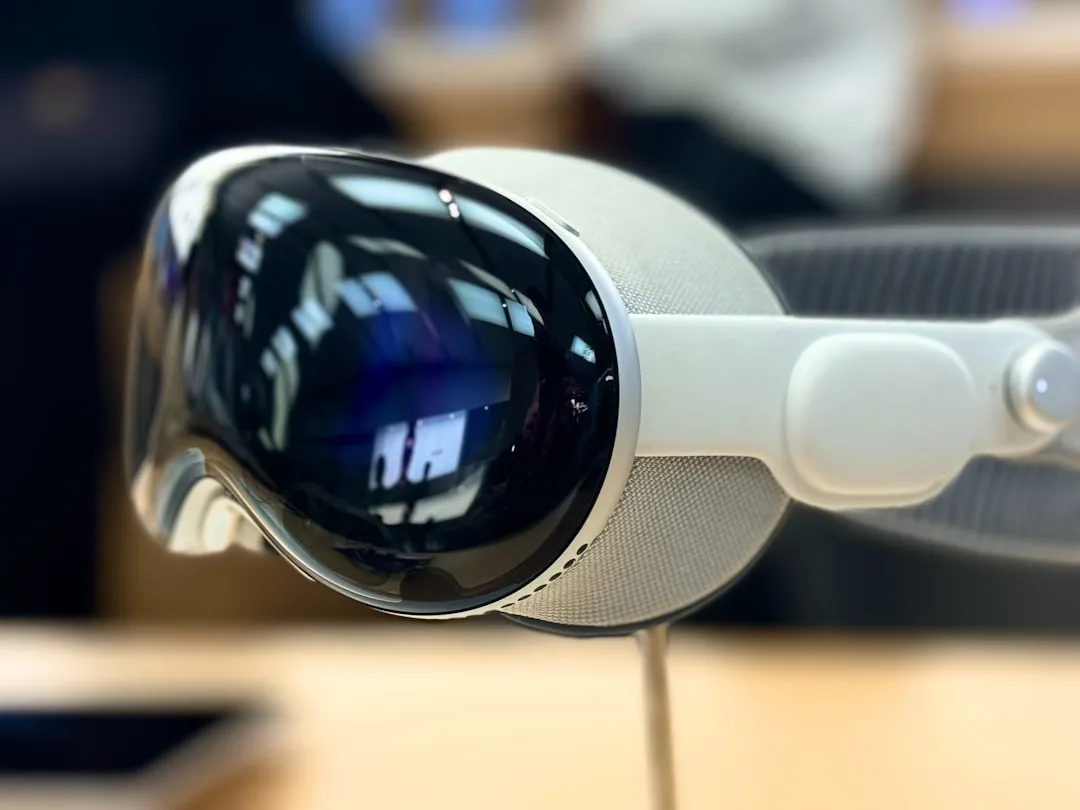
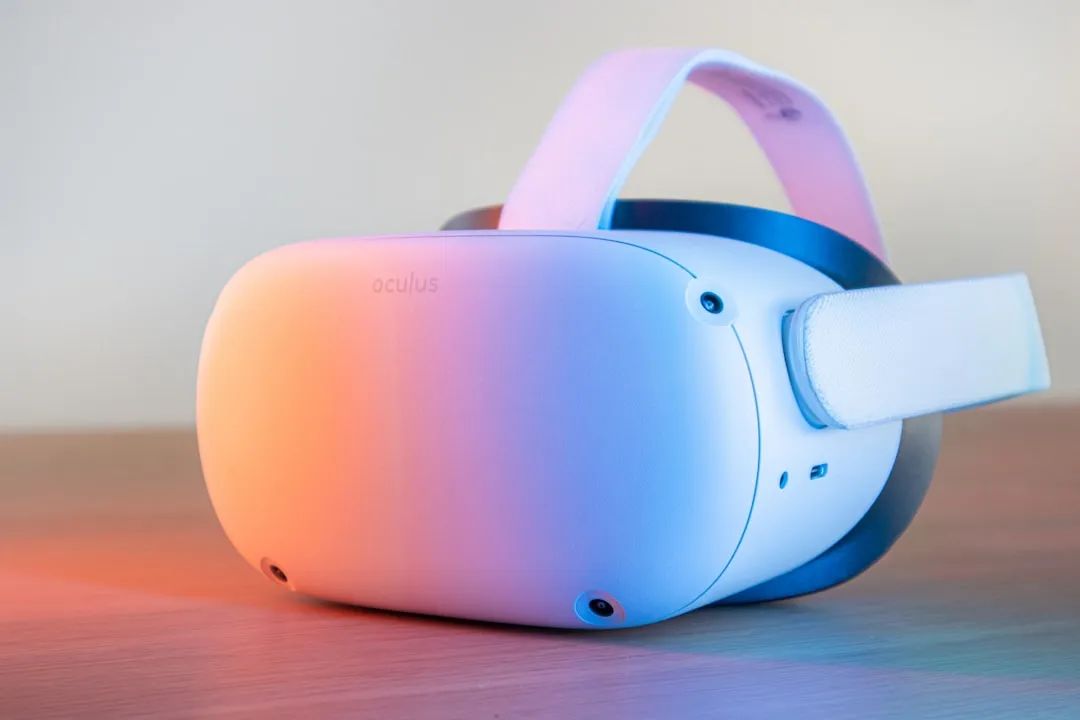
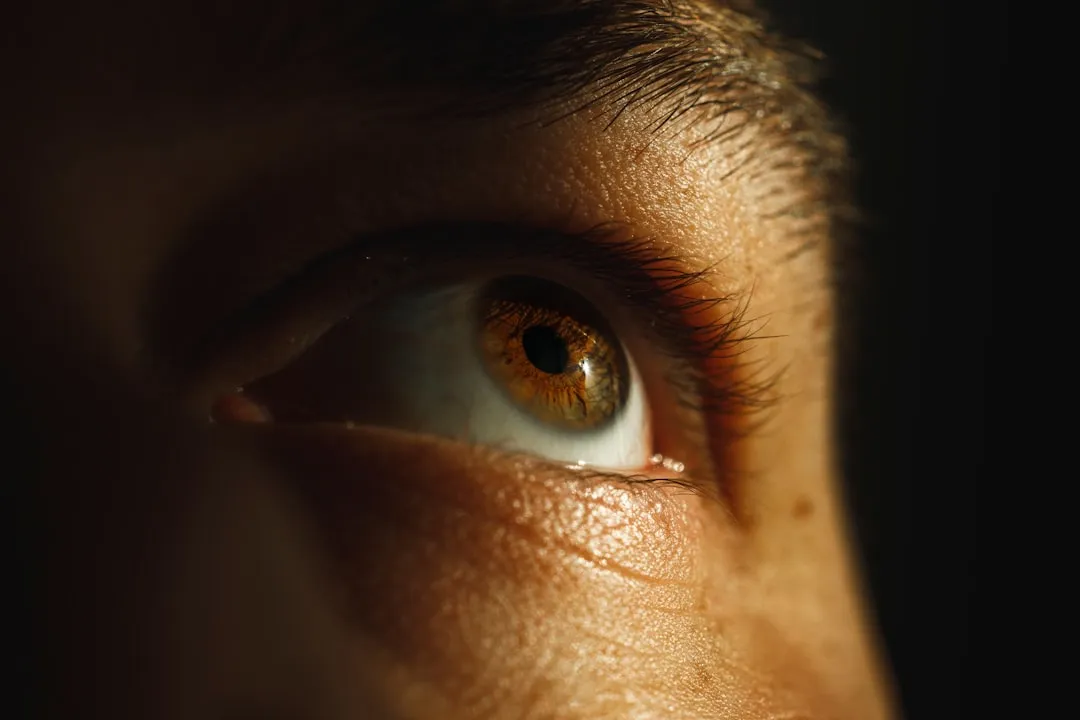

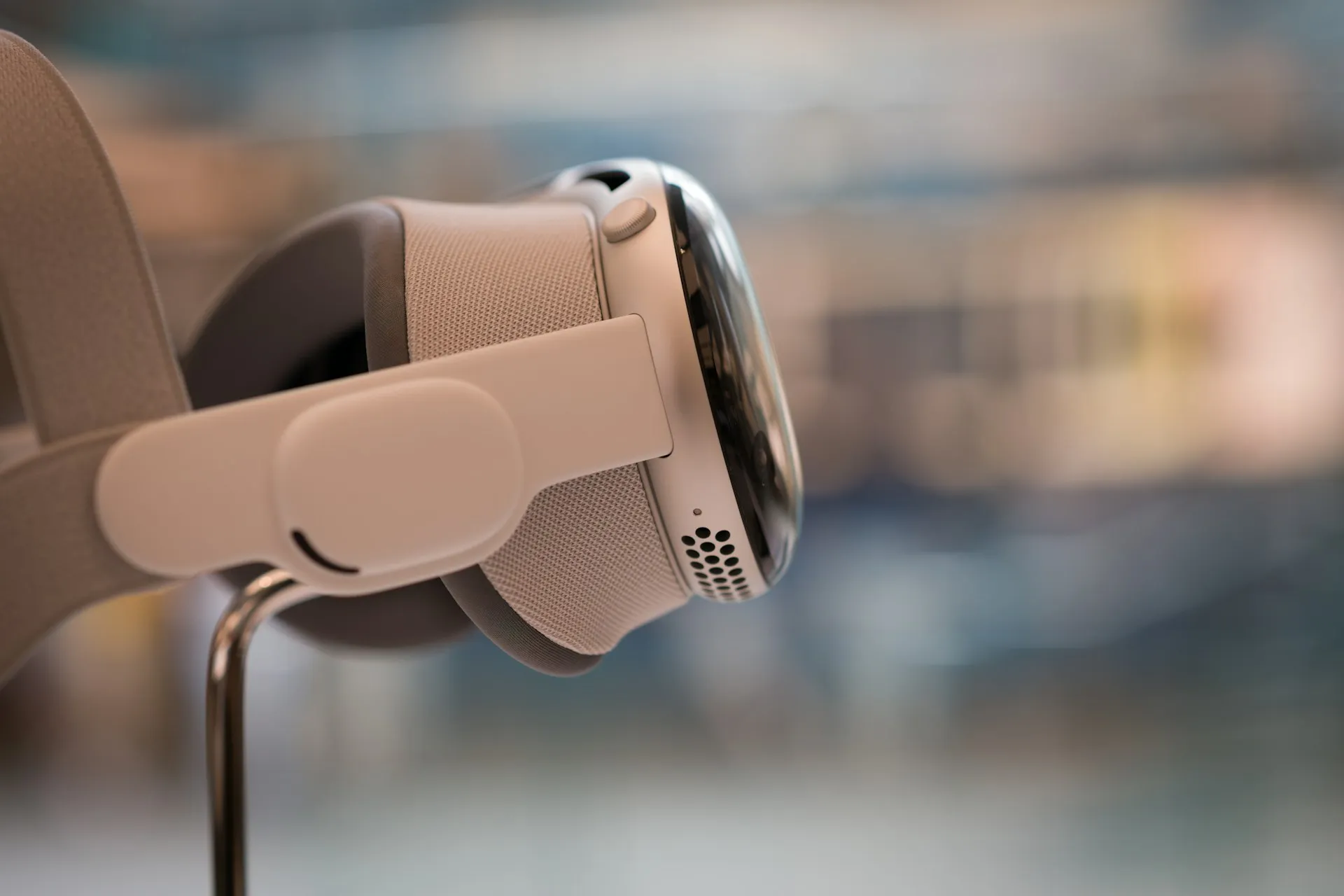
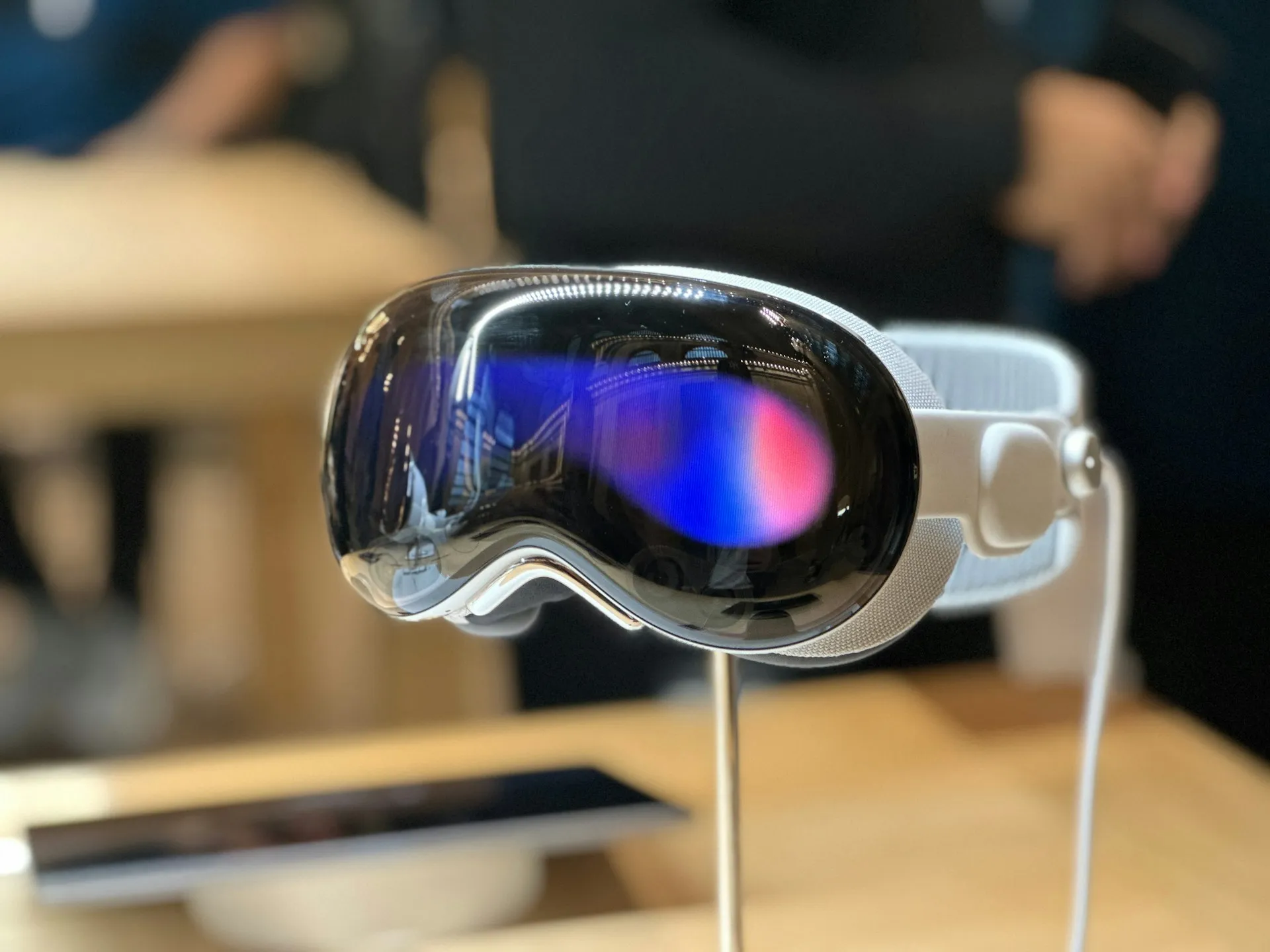
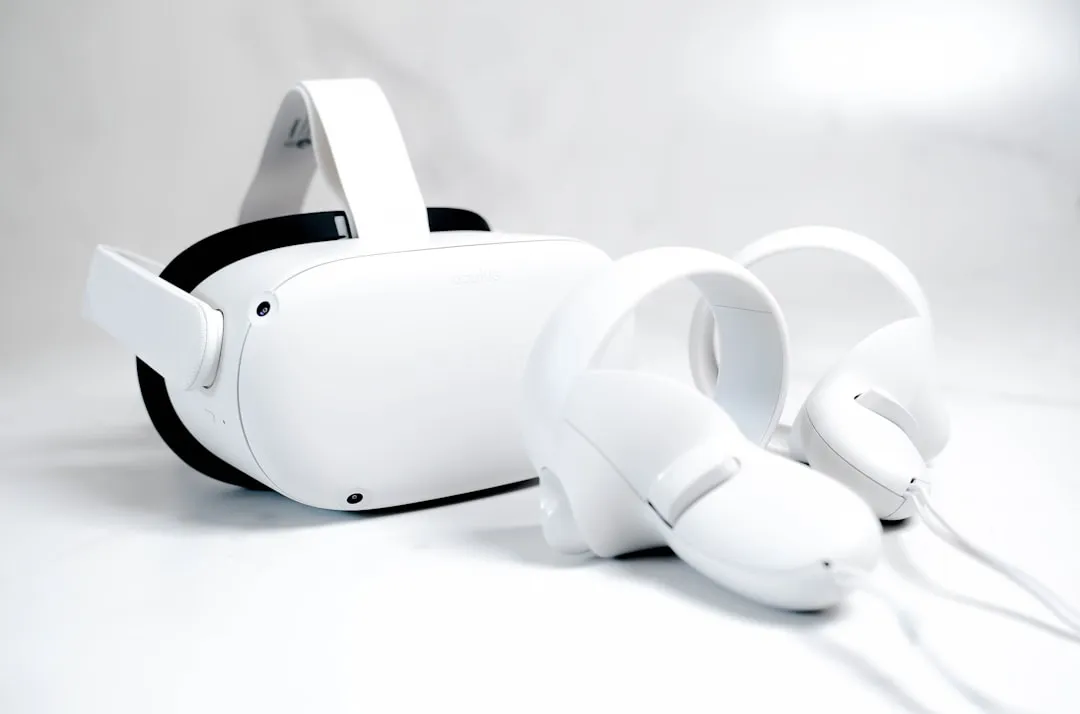

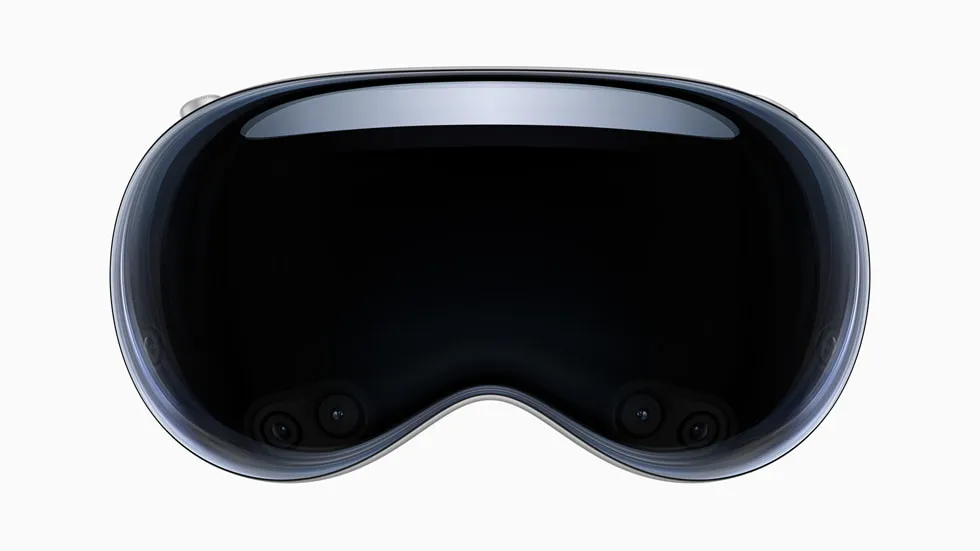
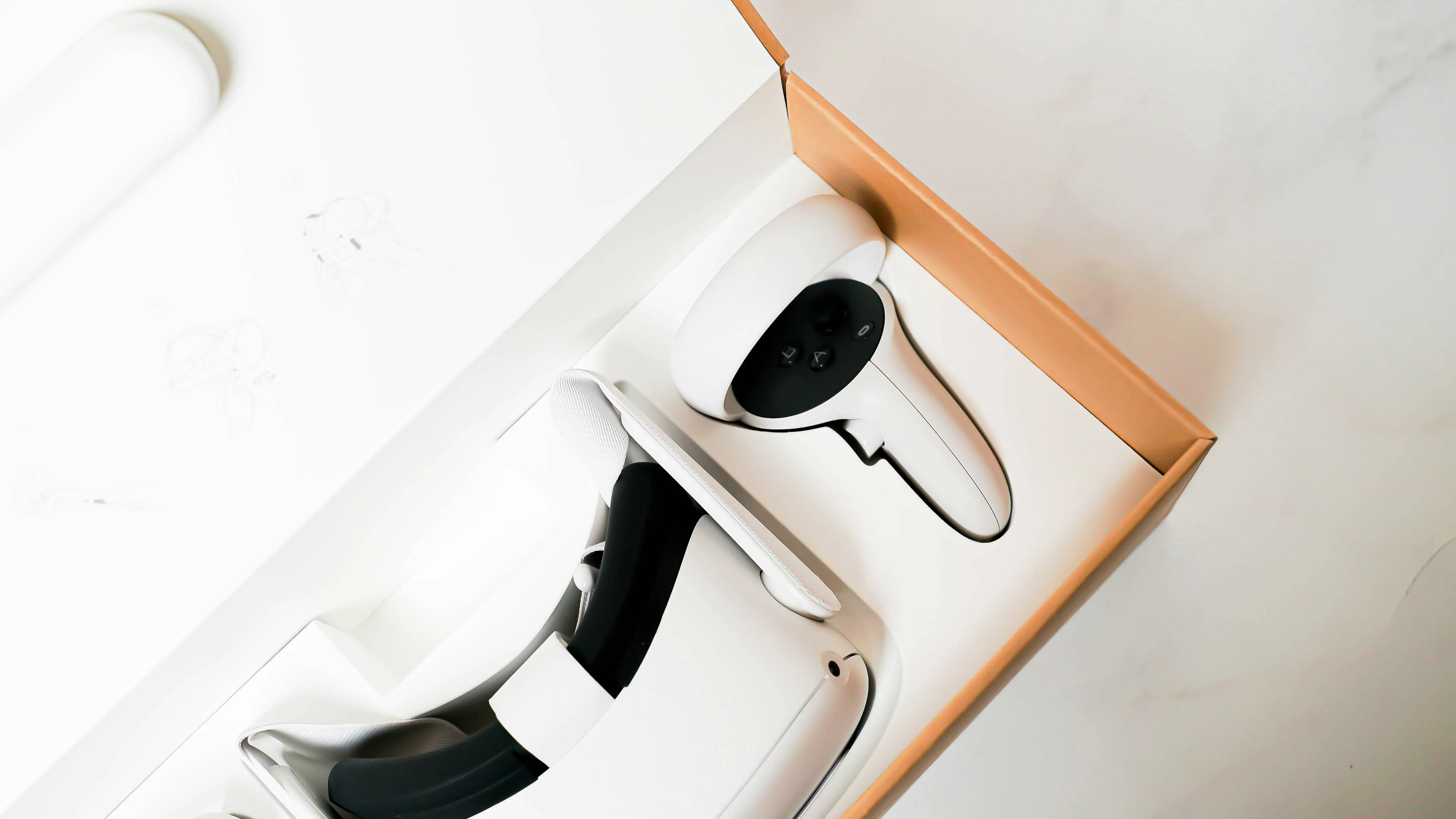
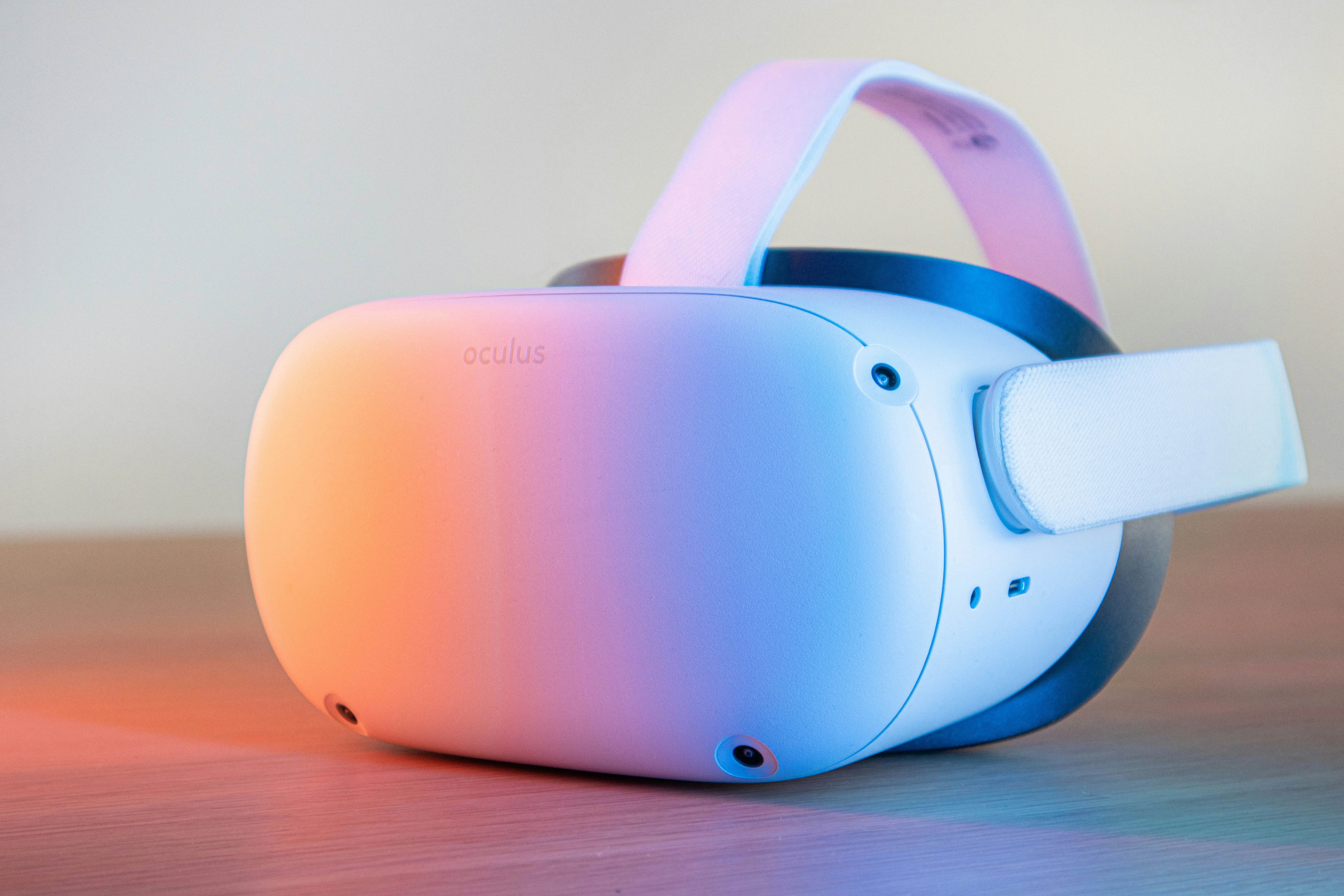









Comments
Be the first, drop a comment!